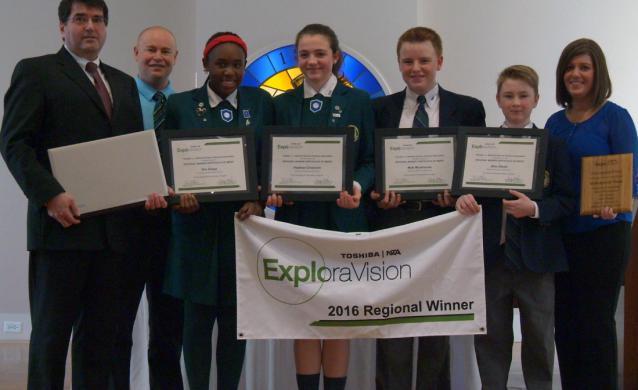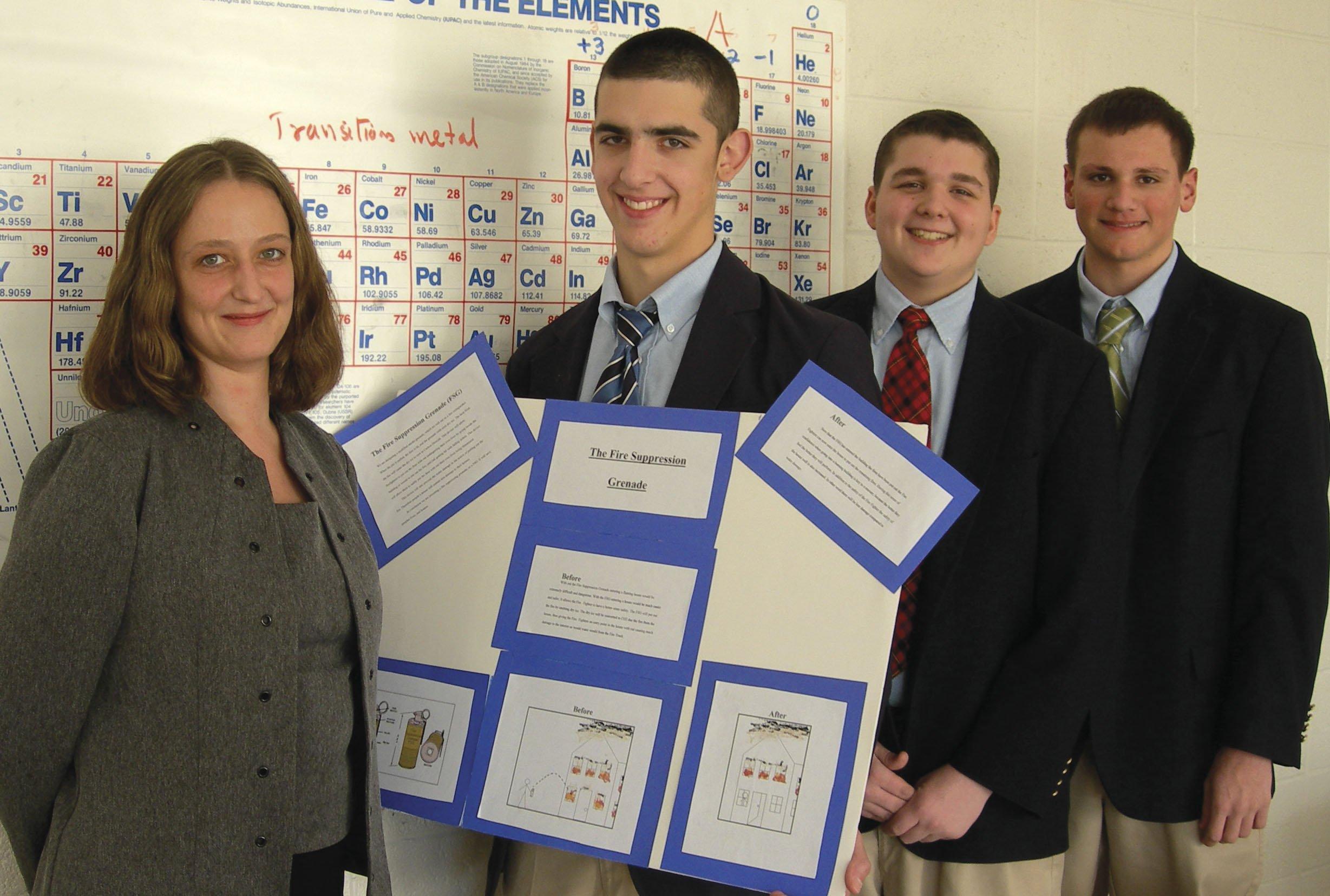How to Implement ExploraVision Into the Classroom
In 2017, ExploraVision will mark the 25th year that our K-12 science competition has instilled a love for STEM education in students across the U.S. and Canada. Not only has the competition encouraged thousands of students to pursue careers in STEM fields, but it has also inspired teachers to implement more project-based learning into their classrooms.
Brainstorming is a key starting point for all participants in ExploraVision. A great idea can lead to discovering creative solutions to a problem. Small-group sessions within a classroom can be a simple way to not only engage students in teamwork but also teach students valuable critical thinking skills.
We reached out to two of our most active Twitter followers to learn more about their ExploraVision classroom tips.
Tammy Earle, Director of Technology and Learning Initiatives at Rothesay Netherwood School in Canada, implements ExploraVision into her school’s curriculum with “ThinkTank Thursdays” in the school’s Innovation Studio. Mentors and coaches lead their teams in brainstorming workshops, creating an environment for positive collaboration. For more ideas on group brainstorming, read our section on how to brainstorm.

Caption: Tammy’s 2016 National Winning team took a new approach to bullet proof vests.
Another important aspect of ExploraVision, is the interaction between science and technology. As technology use in K-12 classrooms becomes even more prevalent, teachers can use these tools to engage students in research and discovery for the ExploraVision competition. Amy Coan, a chemistry teacher at East Catholic High School in CT, uses the school’s state-of-the-art computer lab to help students work on their ExploraVision projects. With the endless supply of resources at their fingertips, students are able to engage in research, idea-generation, fact checking and problem solving using computers and personal tablets.
Teachers hoping to make ExploraVision a bigger part of weekly lesson plans can work with technology coaches and computer teachers to implement project-based learning into their own classes, making for a collaborative experience across multiple subjects.

Caption: Amy’s 2009 Honorable Mention team for the Fire Suppression Grenade. At least two of these students have gone into STEM careers.
ExploraVision teachers have the crucial roles of providing motivating and engaging learning experiences—and hopefully these ideas will help you set everything in motion!